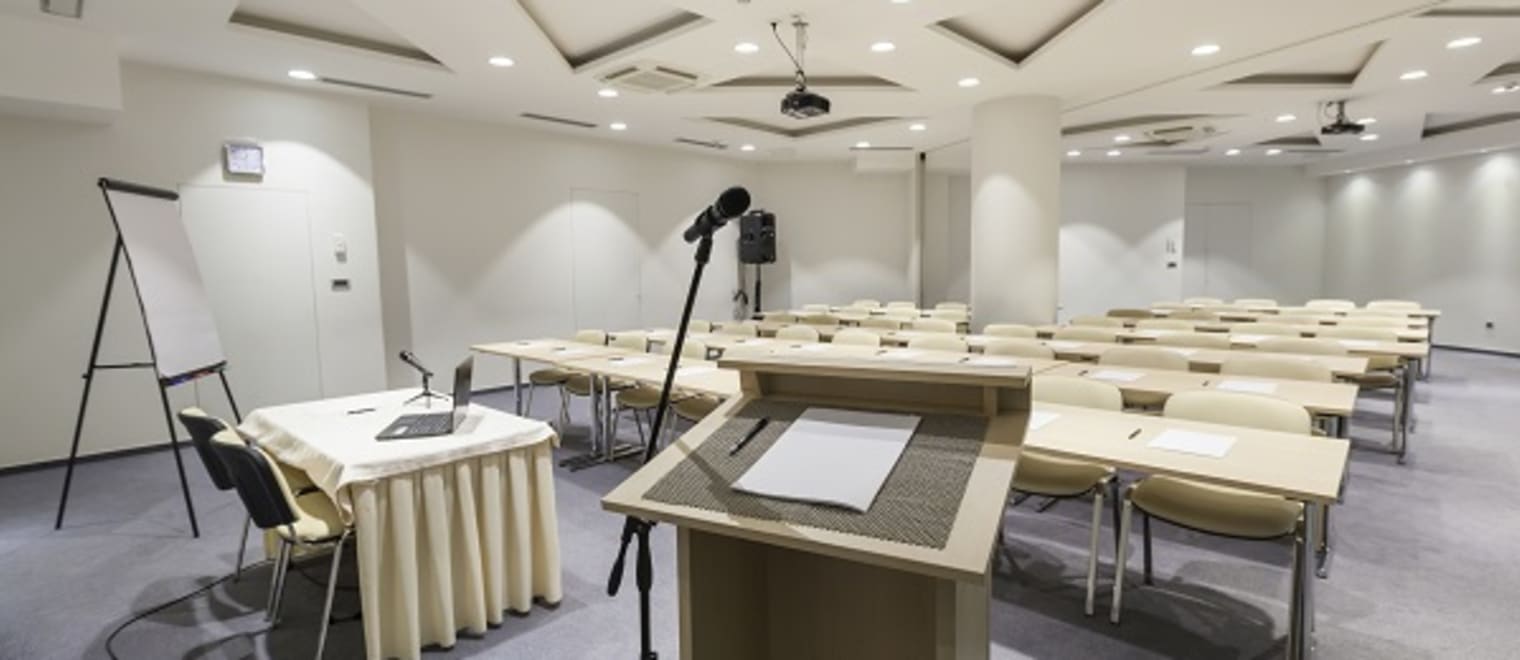Personal presentations skills and the training one should undertake are key elements for delivering effective CPD, but having the confidence and capability to give good presentations, and to stand up in front of an audience does not come naturally to everyone. Good presentation skills training can be developed easily, and once you have the basic proficiency to speak confidently in public, delivery of your CPD presentations will become easier to you each time you undertake a presentation. Please find below some simple tips that can help improve your presentation skills.
1. Understand your fear
Everyone gets scared of speaking in public, you are not alone. Managing your fear is the first step to improving your presentation skills. Most public speaking fears relate to a lack of confidence, lack of control, or a fear of uncertainty or the unknown. The best way to reduce your fears is in preparation. Prepare, practice, and then practice again. Familiarise yourself with the presentation, get used to the sequence of the slides, trial your introductory speech and your closing remarks. Makes notes on what went well, what can be improved, then rehearse again. Familiarisation with your presentations can significantly reduce your concerns and calm your nerves.
2. Stress is normal
Standing up in front of a room of people to do a presentation can be stressful, whether you are a novice or an expert. You want to impress and represent your organisation professionally. It is a lot to worry about if you let yourself worry about it. Stress can stop you focusing on what you need to focus on, so don’t. Remember your audience is not your enemy and they do not expect you to be perfect. They expect you to be human, to be helpful, informative and to try your hardest. Most of your audience will be on your side because they would rather it was you than them!
3. You are in charge
Many people new to presenting do not realise that they have control and can often be too appeasing or even subservient to delegates. In almost all circumstances your audience is in a passive state of learning, waiting to be led by you. Training attendees are very accepting of an authoritative direction, and controlling the environment builds confidence in your expertise. Presentation skills training will help you to learn ways to control your breathing, hold a room full of people listening, and teach you to take confidence in your abilities. You are in charge.
4. Make an impact
Do not wait too long to get to the main message of your presentations. Attention spans can be short if your audience is not interested, but attention spans grow with interest. Good case studies, stories and examples will engage your audience and improve your presentations skills. Put impactful information early in your presentation, keep it succinct and help them relate to the subject. Often opening the presentation into a discussion can help you to feel more relaxed and this technique is one that can be practised to improve your presentation skills. Accepting you already have the abilities and skills to deliver a confident presentation will be half of the battle.
5. No need to apologise
Apologising for minor errors and irrelevant factors does, unfortunately, display a lack of confidence and control when presenting. Only apologise if there has been a more serious error. Alternatively, make minor errors humorous and entertaining. This can lighten the mood if required and relax the environment. It is normal to make mistakes. A positive and comfortable learning environment is more important than being perfect.
6. Relax and enjoy
When trying to improve your presentation skills, start with the basics. Learn to handle your behaviour patterns when in a nervous state and unfamiliar environment. Becoming one with the technology you’ll be using will help you to become more relaxed. Whilst the subject matter may be of serious content and nature, the training you are delivering does not have to be too formal and boring. Good presentation skills are ideally entertaining in parts and an enjoyable experience. Again, slow your breathing down, take your time and smile. Have a glass of water to hand in case your mouth is dry. It may sound obvious, but it is easy to forget these things when you are concentrating on making sure everything else is going correctly. Relaxing and smiling shows confidence, and your audience will naturally relax with you.
We hope this article on how to improve your presentation skills and training was helpful. You can read more about improving your presentation skills in our related article. Please search the CPD Courses Catalogue and Provider Directory to find for specific training courses and industry experts from across the sectors.
Become a CPD accredited training provider
Established in 1996, The CPD Certification Service has over 27 years’ experience providing CPD accreditation. With members in over 100 countries, our CPD providers benefit from the ability to promote themselves as part of an international community where quality is both recognised and assured.
If you are interested in offering training courses, seminars, workshops, eLearning, or educational events suitable for Continuing Professional Development, please visit the Become a CPD Provider page or contact our team to discuss in more detail. Alternatively, if you are looking for a free online CPD record tool to help manage, track and log your ongoing learning, as well as store your professional training records and attendance certificates in one simple place, go to the myCPD Portal page.













